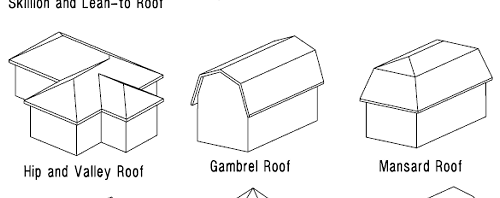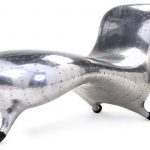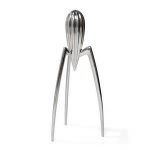[Part 6 of 12: 1) The science of the artificial 2) function, behaviour structure 3) form follows function, 4) no function in structure, 5) the medium is the message 6) types and schemas 7) aesthetics: attractive things work better 8) managing (great) expectations 9) colour 10) styles and standards 11) design solution spaces 12) conclusions]
In design, there are many factors to consider so categorising designs and knowledge has become a large area of design. Humans are cognitive misers who have learnt to have differing types and schemas – even self-schemas to explain ourselves – so it is obvious that designers would use schemas to facilitate the design process.
Archetypes, stereotypes, prototypes
Back in the 1990s, designers in the field of Artificial Intelligence categorised types of artefacts in design into three types: Archetypes, stereotypes and prototypes.
- Archetypes are the first examples of their type. Design may reuse and be inspired by an archetype but it will not reproduce it. Wikipedia says that the word archetype since it entered the lexicon in the 1540s means original pattern from which copies are made.
- Stereotypes are copies of a design without change, and if you do this often enough, design literally becomes free.
- Prototypes are the early design type on which others are modelled, they are often chosen, worked on and improved.
The problem with schemas you can choose any of the three but transitioning between them is not a trivial matter in any schema language, which may be optimised for particular cases. And, there doesn’t seem to be a single schema that can satisfy all the requirements of design, which leads us to further classifying three ways of why and how designers design.
Invention, Innovation, Development
John M. Staudenmaier author of Technology’s Storytellers: Reweaving the Human Fabric, classified technological advances (or design processes) in three ways: invention, innovation and development.
- Inventive (or creative) design is a personal mysterious act challenging what we do and how to do it differently. The success of an artefact depends on how persuasive the designer can be when presenting the creation of an entirely new artefact. Will it become a prototype for success? Or an archetype? A classic, one of its kind.
- Innovative design is always linked with entrepreneurs and is driven by economic factors and so a design prototype can be retrieved and then altered. There is always a tension between tradition and innovation. Businesses will squeeze costs to measure success so there is a fine line between prototype and stereotype.
- Developmental (or routine) design is a group endeavour, step-by-step and what is feasible rather than what is hoped for. Eventually what was hoped for is forgotten as the feasible becomes the success, and then this design prototype is used over and over in a routine fashion producing a stereotypical artefact which is mass produced.
There are many ways designers can influence users perception and thus the success of an artefact, as we will see in the next blog.





9 comments